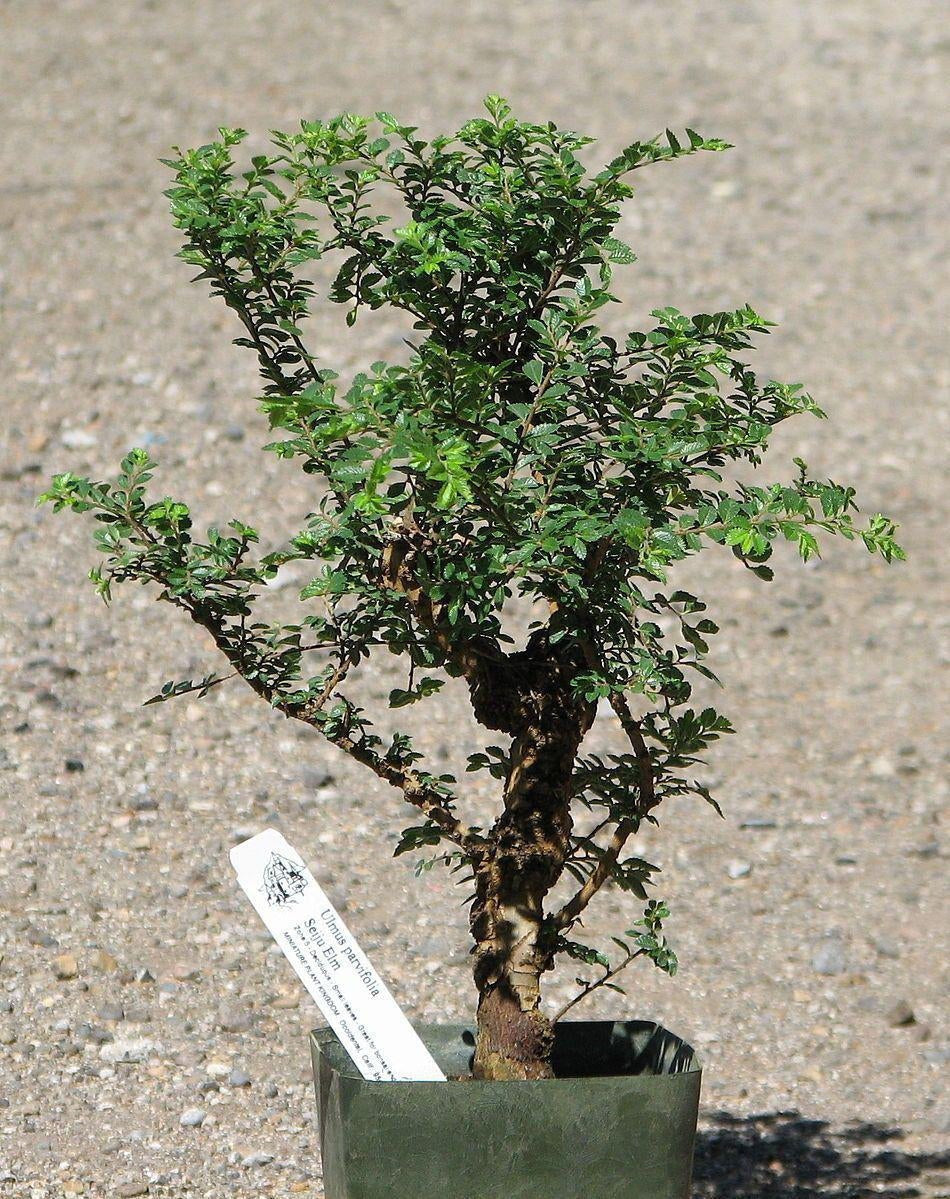
What To Look For When Shopping For Pre-Bonsai Trees
One of the best shortcuts you can take when creating a bonsai tree is to start with a PRE bonsai tree. That is, a tree that’s been masterfully “prepared” to become a bonsai.
But before you start your shopping extravaganza, there are a few things you need to know.
First, not all pre-bonsai’s are created equal. Some are simply nursery stock with a higher price. I’m not against paying more for a pre-bonsai tree, but I’m against paying for the word “pre-bonsai tree” with no work done. It will still work, but you have to do all of the work.
This is actually a huge problem.
Tons and tons (and tons) of pre-bonsais are nothing more than plain old nursery stock. You can get the same thing at your big-box hardware store for a hell of a lot cheaper. Plus, you’ll get a great return policy, which you definitely won’t get with anything else bonsai related. (For good reason — it’s not my fault if you kill the tree.)
So you’re probably asking: “What separates the GOOD pre-bonsai’s from the BAD?”
It’s all in the prep work.
Is the tree partially trimmed and shaped to fit it’s natural form?
Have the roots been trimmed or otherwise made shallow?
If not, what are you buying? A cutting or air layering that’s still small?
That’s better than nothing, I guess…
But you can do better. You should do better.
Here’s what’s in a good pre-bonsai tree:
1) The roots are trained.
Within reason, the roots have been somehow trained to fit in a small bonsai pot, in high quality bonsai soil. This could be from being trimmed, or being grown from the start in a shallow container. Either way, this delicate procedure should be about 80% done in your pre-bonsai tree. You’ll still have to do some root work in some cases, but most of the work is done. Best of all, it was done a while ago, and the tree is still living (so you know the tree will likely survive as a bonsai if you take proper care of it.)
2) The tree has a shape.
The tree shouldn’t be completely shaped into a bonsai, but every tree has a natural shape. A good pre-bonsai will help guide you in that direction by removing any unnecessary branches, big and small. This will help you shape the tree in the best possible way without spending all day cutting away at branches that you may or may not have needed.
3) The tree is alive, thriving and otherwise healthy.
This is key. If the tree isn’t looking 100% happy to be alive, it’s not a great pre-bonsai. It is either under stress from the work done with it, or it’s on it’s way out of this world. Either way, you shouldn’t be buying it to use as a bonsai. Give it some time, and if the tree perks up or shows new growth, you can go to town.
If those 3 basic tasks aren’t checked off, you’ve got yourself a bad pre-bonsai tree and should stay away.
If your prospective pre-bonsai tree checks off all of those boxes, you can happily splurge a little on some time saved and take your tree the last 20% and turn it into a happy little bonsai of your own.
Do you want to read more bonsai content like this?
Enter your info below to get fresh bonsai tips, tricks, photo collections and exclusive subscriber-only content delivered to your inbox every now and again.




Leave a comment